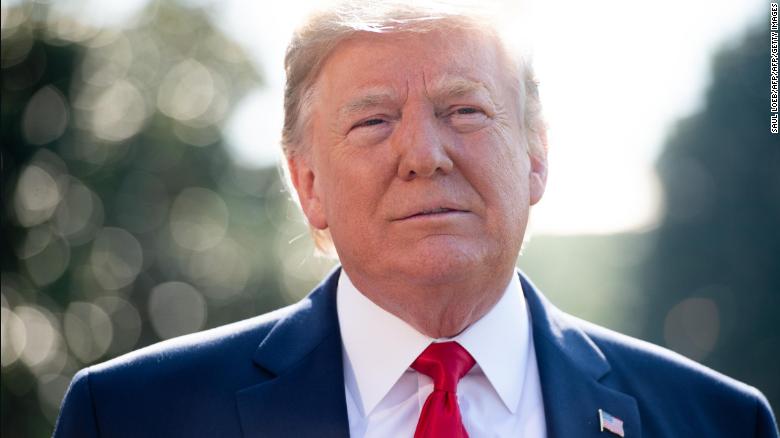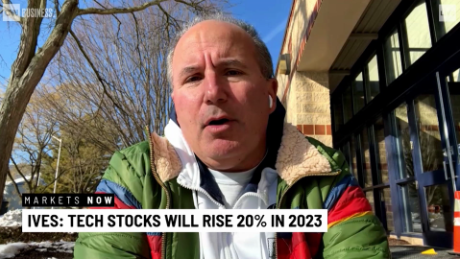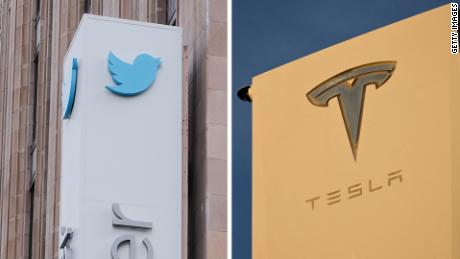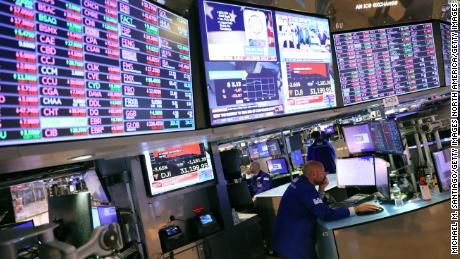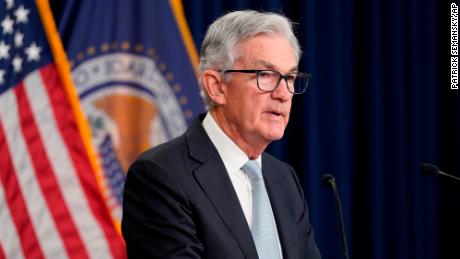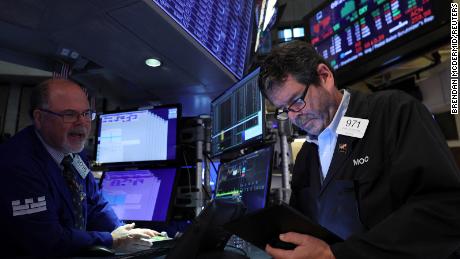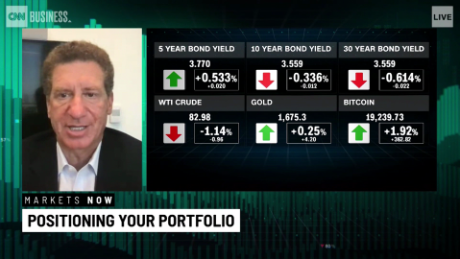New York (CNN Business)When President Donald Trump announced a new round of tariffs on Chinese imports on Thursday, the Dow was up 311 points. Then it was down nearly 300 points.
That was the biggest swing since early January.
The market had been strong for investors; stocks had bounced back from the day before. The S&P 500 was on pace for its best day in six weeks, after a poor manufacturing report gave investors hope that the Fed will once again cut rates later this year.
But Trump said on Twitter that the United States would be "putting a small additional tariff of 10% on the remaining 300 billion dollars of goods and products coming from China into our country."
That's on top of the $250 billion worth of goods that got hit with a 25% tariff.
Trump said that China hadn't been buying the US agricultural products it had agreed to buy. He added that the United States was looking forward to "continuing our positive dialogue with China on a comprehensive trade deal," and called the trade talks earlier this week constructive.
The Dow (INDU), S&P 500 (SPX) and Nasdaq Composite (COMP) all dropped into negative territory following the tweets. The Dow closed down 1.1%, or 280 points, while the S&P finished down 0.9% and the Nasdaq dropped 0.8%.
Investors sold off well-known retail and tech stocks, because they would get hit hardest by the additional tariffs.
Trump told reporters that he wasn't concerned about the selloff in stocks.
"I think everyone loses in a trade war," Former Trump economic adviser Gary Cohn said during an interview with the BBC on Thursday.
And it didn't end at stocks. US oil prices plummeted nearly 8% to settle at $53.95 a barrel after the remarks. The 10-year Treasury bond yield sat at 1.8918%, far below they key level of 2%, and the dollar was down 0.2%, measured by the ICE US Dollar Index. Gold futures climbed more than 1% in a rush for safe assets.
Earlier in the day, the Institute for Supply Management said US manufacturing activity last month was at its lowest level since August 2016 and had declined since June. The drop "confirms that the downturn in the factory sector continued into the third quarter, and suggests that Fed officials are right to be concerned about the impact of slowing global growth on the US economy," Capital Economics senior US economist wrote Andrew Hunter in a note.
Global demand is also slowing, so manufacturing could weaken further in the months to come, Hunter said.
The ongoing trade spat could make this worse.
Stocks posted their worst day in two months Wednesday after Federal Reserve Chairman Jerome Powell said the Fed would not issue a series of rate cuts over the long term. But worsening US manufacturing may persuade Fed policymakers to cut rates again this year, which could boost companies' bottom lines.

